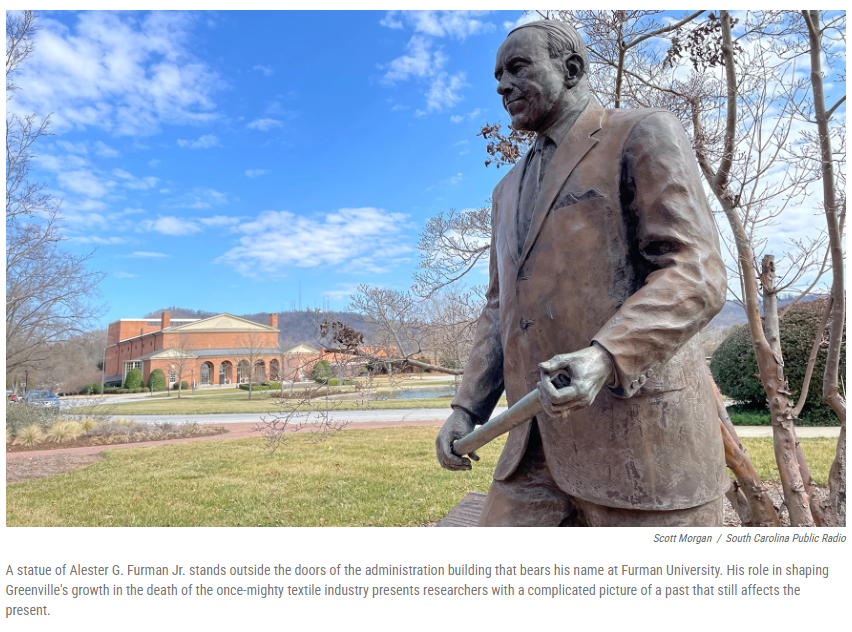Southern food in all its glory — from the fried oysters of eastern Virginia’s Tidewater region to Lowcountry South Carolinian delights like spicy shrimp and grits to Louisiana’s dark, rich gumbos — can legitimately be called America’s cuisine. The reason for this is not only Southern cooking’s diversity of expression but also its influence: A seamless blend of European, African, and Native American ingredients and techniques, the best and truest expression of what we call a melting pot.
If there’s any dish that can rightly be called emblematic of Southern food, it’s fried chicken. And, like any true American story, the origins of fried chicken involve monstrous oppression, making the most from a little, stolen credit, cultural fusion, and a whole that’s greater than the sum of its parts. It’s also taken over the world (see our ultimate ranking of the best fried chicken chains).
Every culture fries chicken, so it’s a good idea to define exactly what it is we’re talking about: Pieces of cut-up broiler chicken, which are battered in seasoned flour and fried in hot fat to produce a golden crisp exterior coating tender, flavorful meat. As unpleasant as it is to contemplate, Southern fried chicken is entirely a product of slavery for several reasons — enslaved African people had access to chickens, were (sometimes quite famous) plantation cooks, brought African seasoning and deep-frying techniques with them, and were quick to adopt New World ingredients (such as the fruit of the indigenous capsicum pepper plant).
Fried chicken is like jazz
Just as formerly-enslaved people in the late 19th century combined European military marching band instruments and African rhythms into a new form of musical expression we call jazz, their predecessors seem to have adopted the Scottish tradition of battering and frying chicken, enhancing it with their cultural cooking techniques and incorporating indigenous ingredients. West Africans were already intimately familiar with the chicken, which was not only common but considered sacred. Their culture was also steeped in the culinary tradition of seasoning (typically with black pepper, ginger, cardamom, and nutmeg) as well as frying foods in palm oil. Once enslaved people got their hands on one of America’s oldest cultivated crops — the chili (itself an adaptation of a Nahuatl word) — paprika and cayenne pepper became Southern cooking staples.
The irony is that white plantation owners, busy trying to emulate the lavish lifestyle of their hated English land-owning former oppressors, had little taste for the humble chicken, preferring elaborate roasts of beef and pork instead. One of the happy side effects of this protein preference was an abundance of pork lard, a high smoke-point fat that became the oil of choice for frying chicken. Once the Carolinas revised their slave code in 1741, allowing enslaved people to keep chickens but not pigs or cattle, the dish was likely perfected. What’s not in doubt is that, less than a century later, fried chicken was immensely popular and closely associated with the American South. But how, exactly?
America’s first celebrity chefs were Black
The earliest famous American cooks were almost exclusively Black: Chef Hercules (mentored in Philadelphia by the famous — and possibly Black – restaurateur Samuel Fraunces), who cooked for George Washington on his plantation Mount Vernon; and James Hemings, the Parisian-trained, enslaved cook on Thomas Jefferson’s Monticello plantation foremost among them. But plantation owners all over the South needed domestic help, which unsurprisingly came in the form of enslaved people, most of whose stories are lost to history except for a few names: Emma, Sookey, Old Betty, Lishy, and Elizabeth Sparks, to name a few.
These were the cooks upon whom the very reputation of the household depended; the ones who created lavish feasts for the white families, who essentially invented Southern hospitality by being on call — day and night — to provide a home-cooked meal for any guest or unexpected visitor. Naturally, the household took the credit — as did the (typically) white female authors of our nation’s earliest cookbooks. One of the first recognizably Southern recipes for “fried chickens” is to be found in Mary Randolph’s “The Virginia House-Wife,” published in 1824. “Cut them up as for the fricassee,” Randolph wrote, “dredge them well with flour, sprinkle them with salt, put them into a good quantity of boiling lard, and fry them a light brown.” We wonder where she got the recipe. Regardless, the first Black-authored American cookbook wouldn’t appear for almost another 60 years.
–thedailymeal.com





